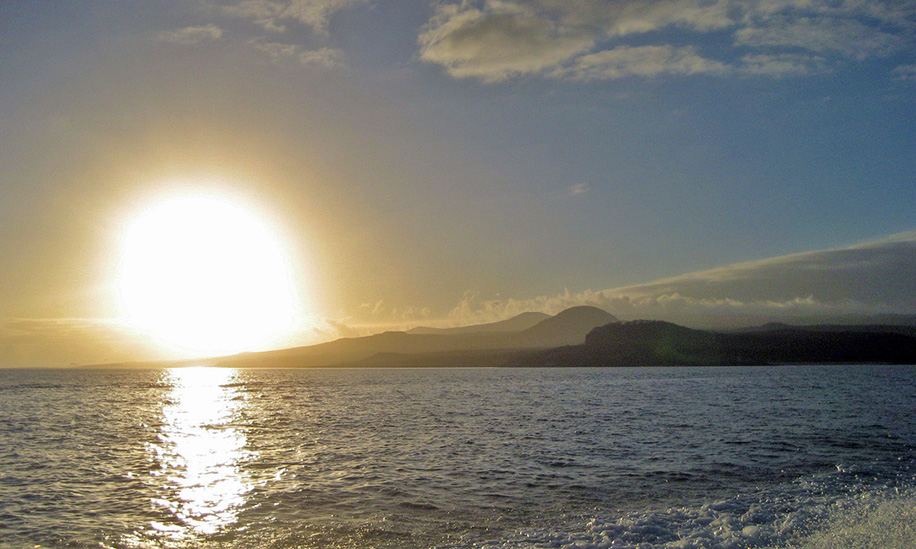The famed Galapagos Islands include 19 islands and 107 islets, 600 miles west of the coast of Ecuador. The Galapagos Marine Reserve is the second largest marine park in the world. Many Galapagos residents, however, have not been educated about the consequences of overfishing. As a result, the marine ecosystem is under severe pressure, and fishing capacity is strained. Several no-take (no fishing) reserves are currently planned in the Galapagos, but these will be successful only with the support of the fishing community.
With Seacology’s assistance, the Charles Darwin Research Station will create and distribute printed materials, videos, and radio spots to increase the understanding of Galapagos residents about the need to preserve their marine environment and the benefits of no-take reserves.


